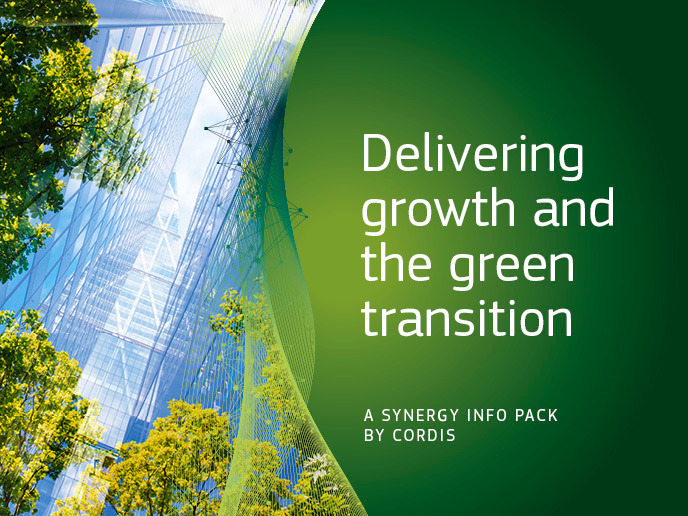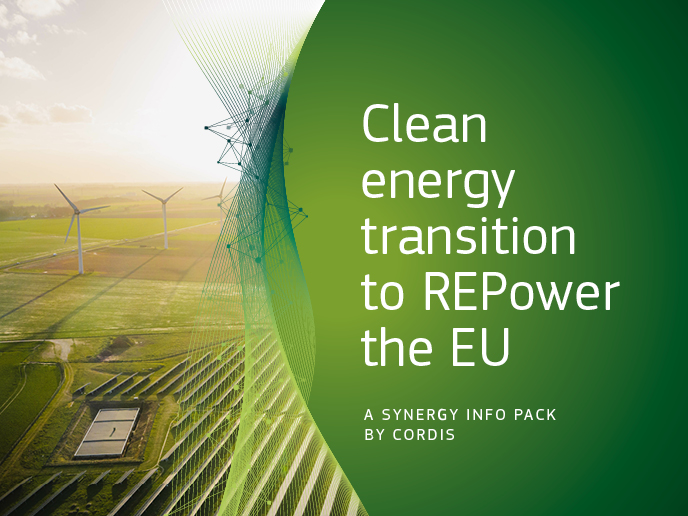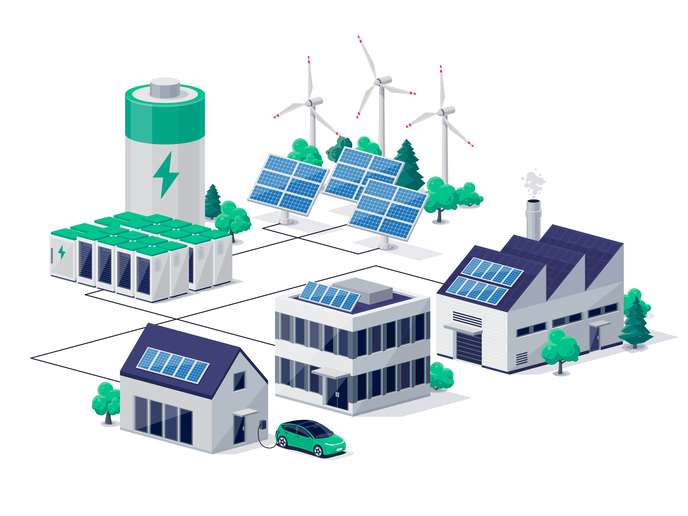Renewable energy and fresh fish from offshore platforms
Europe’s seas offer opportunities for sustainable development as energy, fisheries and transport infrastructures are being established offshore. One example is the H2OCEAN(opens in new window) (Development of a wind-wave power open-sea platform equipped for hydrogen generation with support for multiple users of energy) project. The EU-funded initiative developed an economically and sustainable multi-use open-sea platform for harvesting wind and wave power. The energy harvesting units are based on an existing design for a large, floating wave energy converter (WEC). Some of the power generated will be used to directly supply nanomembrane reverse osmosis units to provide fresh water to electrolytic generators for hydrogen production. The hydrogen produced will be compressed and stored in modular vessels on the service platform for collection by ship. This approach will decouple energy production and consumption thereby avoiding the grid imbalance problem inherent in offshore renewable energy systems. It will also circumvent the need for a costly cable transmission system. A fully integrated aquaculture system will also be developed. The oxygen derived from hydrogen electrolysis can be used to prevent algal bloom and problems associated with high biological oxygen demand (BOD) that are caused by high density fish farming. Researchers have already confined which combination of species should be cultured and have developed a programme for full production. The consortium also modelled the effect of integrating a floating vertical axis wind turbine into the WEC, taking into consideration unsteady wind profiles and the motions of the platform. The service platform will also be equipped with autonomous remote weather and deep ocean marine monitoring systems. A pilot version of a web-based geographic information tool has been created for identifying the best locations for platforms. Project partners also modelled the effect of integrating a floating vertical axis wind turbine into the WEC, taking into consideration unsteady wind profiles and the motions of the platform. Three sites have been chosen to test and develop the H2OCEAN design and are located in the North Atlantic, the North Sea and the Mediterranean. Researchers have outlined design specifications for the platform and key production parameters, including electrical output, fresh water, hydrogen and oxygen, and aquaculture. In the future, H2OCEAN will help the sustainable development of multi-use platforms for harvesting and generating offshore renewable energy. The result will represent a significant contribution to the EU economy and help it to remain a global leader in the field of green energy.







